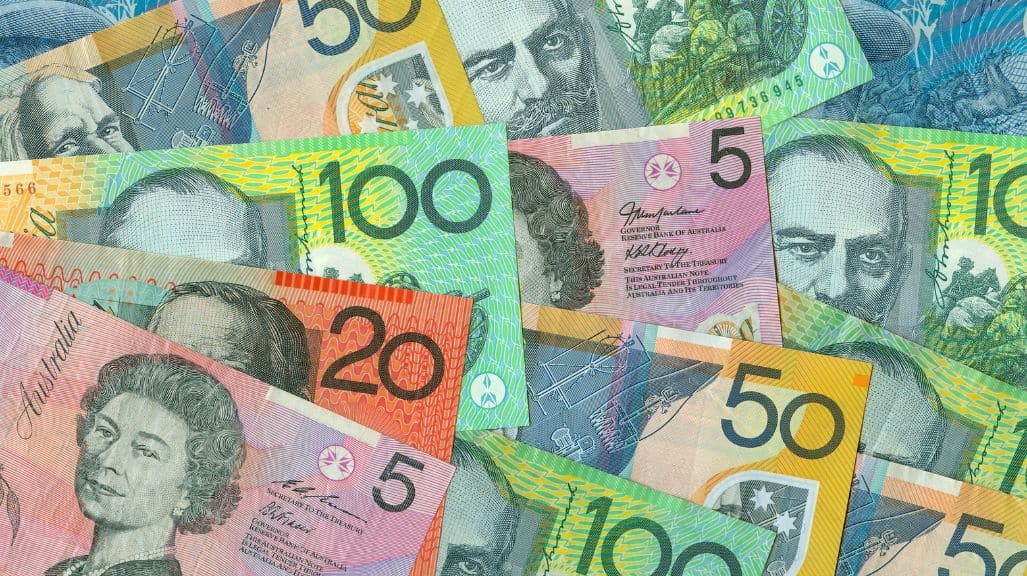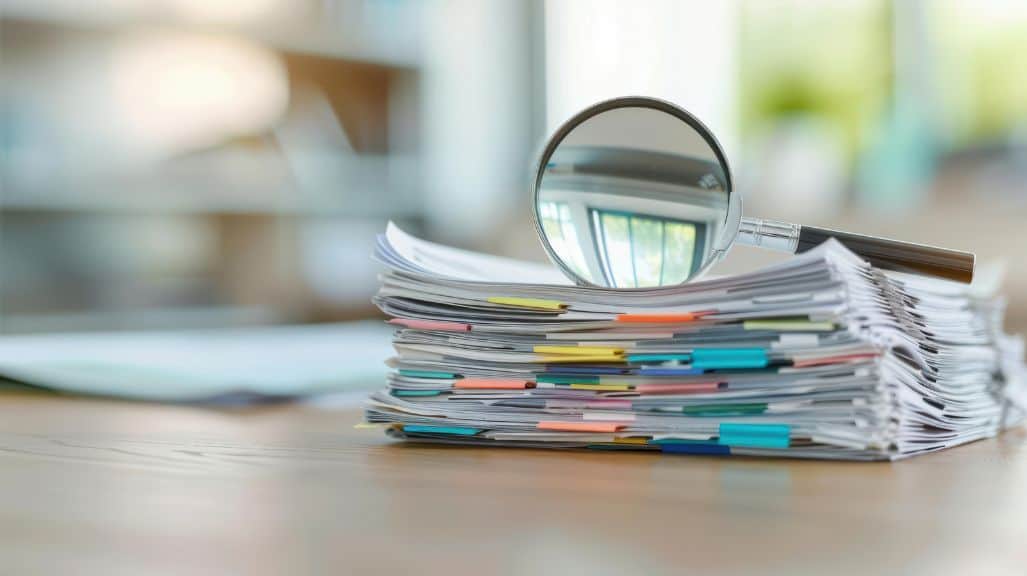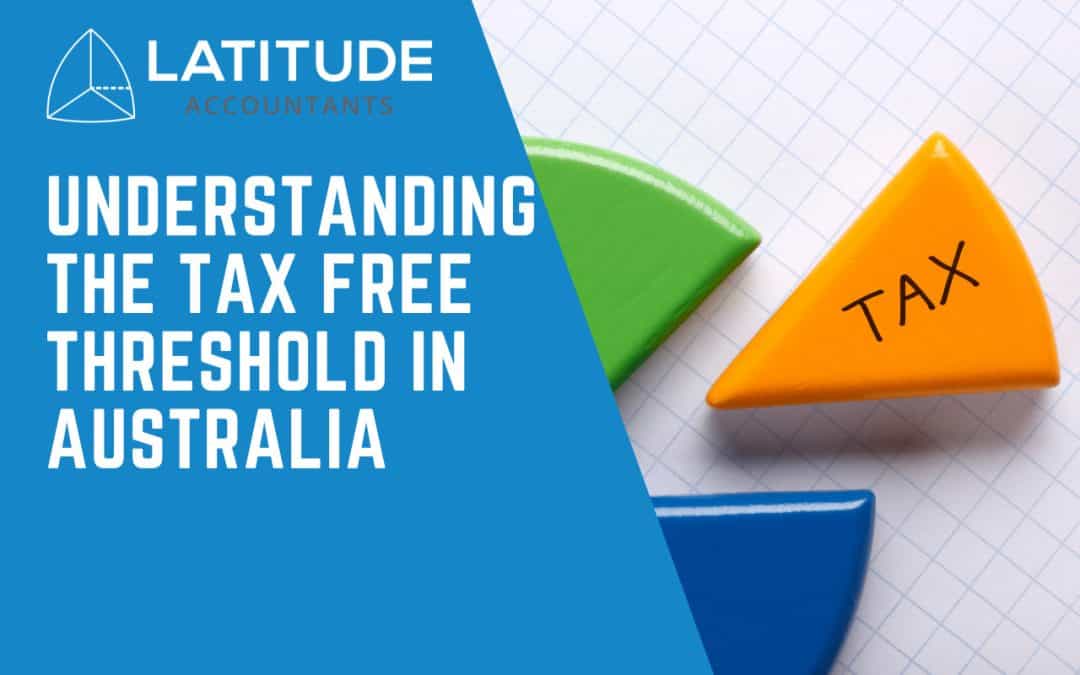Which best describes your accounting needs?

Falling foul of tax can cost you time money and peace of mind. The tax free threshold is a key part of every Australian’s financial planning yet many people still have questions. In this easy question and answer guide we cover everything you need to know about claiming the tax free threshold under federal laws state variations and how it applies to different types of income. Read on to get clear fast answers that help your SEO and arm you with knowledge ahead of tax time.
What is the tax free threshold?
The tax free threshold is the amount of income you can earn in a financial year without paying any income tax. In Australia the threshold is set at $18 200. This means the first $18 200 of your assessable income is tax free. Income above that amount is taxed at the standard resident rates set by the Australian Taxation Office.
Who can claim the tax free threshold?
Only Australian residents for tax purposes can claim the tax free threshold. To be a resident you must live in Australia and intend to stay long term. If you are a foreign resident you cannot claim the threshold and tax is withheld from the first dollar you earn. Minors under 18 also have different rules for unearned income such as investment returns.

How do I claim the tax free threshold?
When you start a new job your employer will ask you to complete a Tax File Number declaration. Tick the box that says you want to claim the tax free threshold. Your employer will then withhold less tax from your pay so you take home more income. If you have more than one job you can only claim the threshold from one employer at a time.
What happens if I earn over $18 200?
Any income above the threshold is taxed at the resident rates. For example:
• $18 201 to $45 000 is taxed at 19 cents for each dollar over $18 200
• $45 001 to $120 000 is taxed at $5 092 plus 32.5 cents for each dollar over $45 000
These rates apply nationally so there are no state variations for how the threshold works. Always visit the ATO website for current rates as they may change each budget.
Can I change my claim during the year?
Yes you can. If your circumstances change and you no longer meet residency conditions or you start a second job you should update your declaration. Simply complete a new Tax File Number declaration with your employer to stop or start claiming the threshold. This ensures the correct amount of tax is withheld and prevents unexpected tax debts at the end of the year.

What if I have multiple employers?
You can only claim the tax free threshold from one employer at any given time. For your other jobs tick no on the tax free threshold question. If you mistakenly claim more than once you may owe tax when you lodge your return so it’s important to review your declarations.
How does the threshold affect business and rental income?
The tax free threshold generally applies to all assessable income including business profits and rental returns if you are an individual. If you run a company or trust different rules apply since entities lodge separate returns. For individuals with rental property income or sole trader businesses your net profit adds to your total income for threshold calculations.
Are there special rules for seniors and pensioners?
Yes seniors and pensioners may access additional offsets such as the senior Australians tax offset. However the standard tax free threshold remains $18 200. Some state concession schemes for seniors rates or energy rebates may exist but these do not affect your income tax threshold claim.
Do state taxes or payroll tax change the threshold?
No personal income tax and the tax free threshold are managed at federal level by the ATO. Payroll tax is a separate state tax that applies only to businesses whose total wages exceed a threshold in that state. Land tax and stamp duty are also state based but they are unrelated to the personal income tax threshold.

What records should I keep?
Keep copies of your Tax File Number declarations income statements payslips and any documentation for business or rental income. If you change threshold claims record the date and employer details. Retain these records for at least five years in case the ATO requests verification.
What happens if I don’t claim correctly?
If you fail to claim when eligible you end up having more tax withheld and lose cash flow. If you claim incorrectly from more than one job you could underpay tax and face a debt when you lodge. Check your final withholding summary in myTax or through your tax agent to ensure you claimed accurately.
Do I need a tax agent?
For most wage earners completing myTax online is straightforward. If you have complex affairs such as multiple income streams foreign income or trusts it pays to engage a registered tax agent. They can confirm your eligibility claim the threshold correctly and advise on other tax planning strategies.
Understanding the tax free threshold is a simple way to keep more of your income in your pocket each payday and avoid nasty surprises at tax time. If you have any questions about your personal situation or run a small business and want expert guidance Latitude Accountants are here to help.
Ready to optimise your tax outcome and claim the threshold correctly?
Contact Latitude Accountants today for personalised advice and reliable tax lodgement support.
📞 Contact Latitude Accountants
📧 info@latitudeaccountants.com.au
🌐 www.latitudeaccountants.com.au
Disclaimer
This information is general in nature and does not constitute financial or tax advice. Legislation and policies may change and individual circumstances vary. Always consult a registered tax agent or the ATO for advice specific to your situation.
Follow us on social
Need an accountant?

